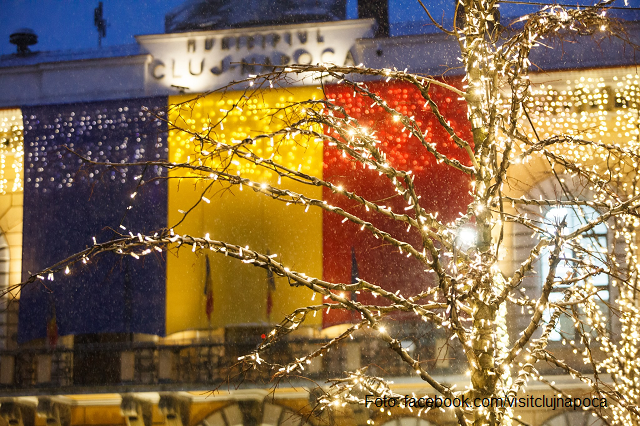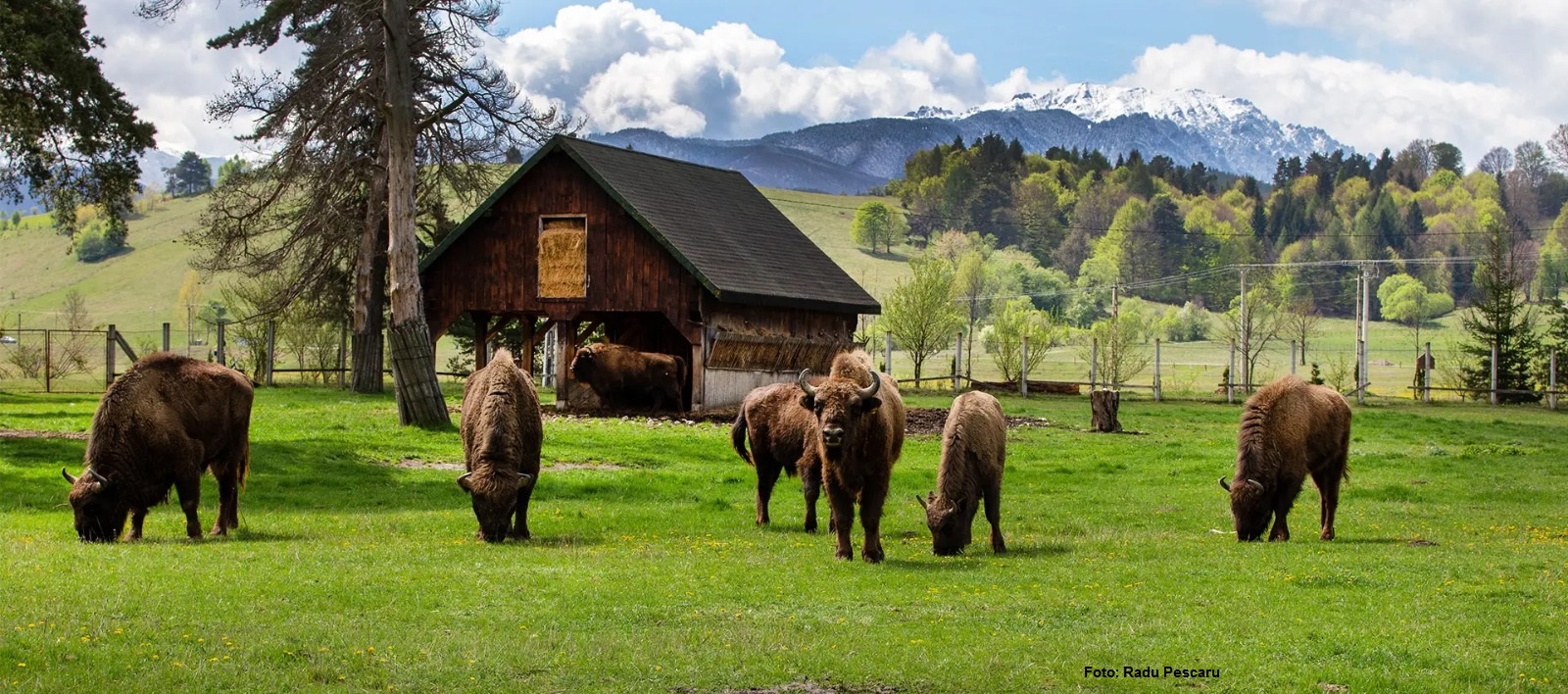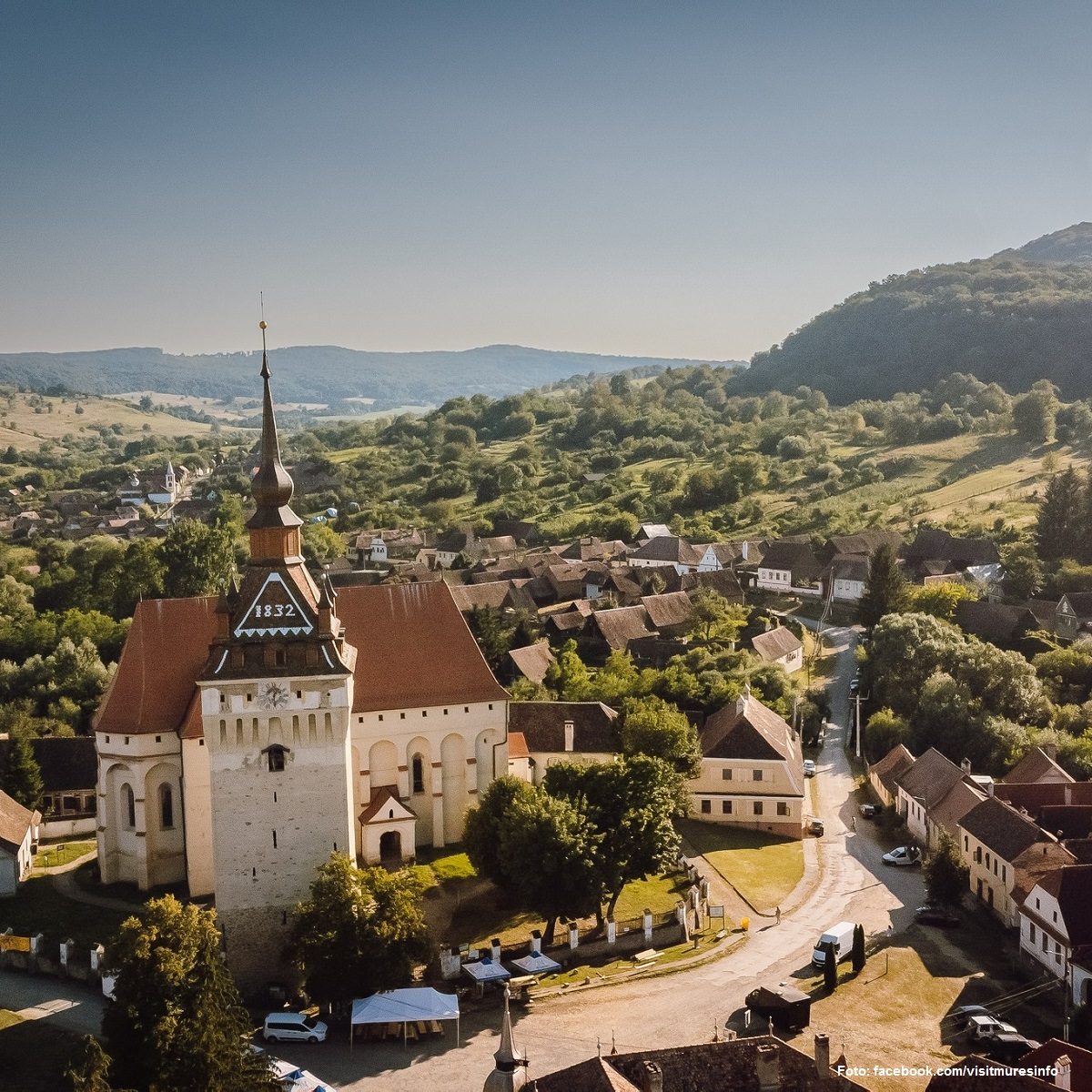Tourist assets in the county of Cluj
Exploring the city Cluj-Napoca and its surroundings
Warning: Trying to access array offset on null in /home/web/rri.ro/public/wp-content/themes/rri/template-parts/content.php on line 53

Warning: Trying to access array offset on null in /home/web/rri.ro/public/wp-content/themes/rri/template-parts/content.php on line 98
Daniel Onea,
31.12.2020, 14:00
Today we travel to Romania’s central-western part, in
the county of Cluj. Cluj-Napoca is the county seat and one of Romania’s leading
academic centers. In 2015, Cluj-Napoca was designated the European Capital of
Youth. So we start off through the city, which is a very, very special one.
We’re actually heading towards the county’s most attractive tourist assets. Our
guide for the trip is an official of the Cluj-Napoca Municipality’s Tourism
Information and Promotion Center, Karin Elisabeth Hann. Right from the start,
she told us the city’s tourism offer is extremely generous. The origin of that
is the city’s special flavor, provided by the two-thousand-year-old history of
the settlement. So the municipality’s historical center is the ideal starting
point for the tourists who have more than on option at their fingertips.
Karin Elisabeth Hann:
They have several routes to choose
from. The Gothic Cluj, the Baroque Cluj, then there’s also the historical
squares Route or the religious and the palaces buildings Route. By all means,
Cluj-Napoca is one of Europe’s most accessible and tempting cities, since it
has been included des in several European and world rankings because of its
living standard or the urban and youth policies. For a tourist, our city has
about all the ingredients it needs, to be attractive. The medial city accrued
within the fortified precincts, with their towers and bastions, just like in
any other old city in Transylvania. Later, Cluj-Napoca was mainly inhabited by
Hungarians and Romanians, while after World War One, he city became part of
then the Romanian kingdom.
We continue our journey with another guide by our
side, another official working with the Cluj County’s National Information and
Tourism Promotion Center, Raisa Losonti:
The main square which is worth visiting and where tourists need to take
their time as they’re strolling along is the Union Square, whose asset is Saint
Michael’s Catholic Church. It is an important Gothic building whose main tower
has an impressive 80-meter height. Center-stage in the same square is the
Hungarian king Mattias Corvinus, who was born in Cluj, in a house which lies at
less than 500 meters away from the statue. The Art Museum can also be found in
the Union Square, it is an important palace, built in Baroque style, which is
home to art collections which are highly relevant as regards fine arts trends
in Transylvania, but also at national level. The visit should continue with
Transylvania’s Ethnographic Museum, with lots of traditional outfit exhibits on
display. The museum’s outdoor section is known as the Ethnographic Park. Here
you can find an appreciable number of wooden houses, but also churches.
For their greater part, the buildings on Cluj Napoca have
been refurbished via a program that was initiated a couple of years back. They
are private property. A great many modernizing works have been performed once
European funds were accessed. For instance, this year, Romania’s first smart
street was inaugurated. It has a sensor-based irrigation system, a modern
pedestrian lane, it also has means or prioritizing the non motorized means of
transport. Locals and tourists have four areas where they can charge their
electric cars, bicycles or their kick scooters, also available for them are
free Wi-Fi and USB sockets if they want to charge their mobile devices. The
public lighting system is also smart.
Karin Elisabeth Hann:
The tourist who comes to us is sure
to find a complete offer of outdoor, adventure or niche tourism. Also, at international
level the tendency exists, that of yet again getting closer to traditional
values. There is the Blue Butterfly realm, a micro-region brand which brings
together 12 communes from the Little Somes River Valley. The brand promotes the
traditional and anthropic heritage, but also the locals of the area. Certain
local festival are held there, such as the one dedicated to the plum marmalade,
prepared after a traditional technique on woodfire, with no sugar added. A
Lavender Festival is also held, but also picnics held in traditional
households, aristocratic or traditional dinners, dance camps any many other
such events. Then I should also like to mention the Calata Country, a
predominantly Hungarian area, including Cluj County’s western part and part of
Salaj County. It is renowned for the decorative patterns that can be found in
the local outfit but also in their traditional households. And, last but not
the least, I should recommend the fortresses erected in Calata Country: the
fortress in Bologa, the Fortress in Aghiresu, the Liteni Fortress, the Fetei
Fortress or the Fortress in Gilau. There also also several local Saxon museums,
one-of-a-kind assets in this part of the country. I could also mention the
Buffalo Museum in the commune of Baciu, the Archaic Museum in the village of
Vlaha, the water mill in Bologa.
Other tourist routes include the ecumenical Cluj;
visitors can pick the fortified or the wooden churches route. And, if you’re
more into winter sports, you can find dedicated ski slopes in the Apuseni
Mountains.
Karin Elisabeth Hann with Cluj Napoca Municipality’s
Tourism Information and Promotion Center invites you to access visitcluj.ro, a
site with versions in widely-spoken or regional languages. If you hit the tourism
information center, you have free-of-charge access to the Internet and the
database with accommodation units and event organizers. You will also get maps,
leaflets or brochures in English, French, German, Italian, Spanish, Hungarian,
Hebrew, Polish, Chinese, Japanese, Turkish and Korean.
Raisa Losonti with the Cluj County’s Tourism
Information and Promotion Center once again, this time introducing two more
special destinations:
The Turda salt mine is a genuine
museum of Transylvania’s salt mining industry, at once being a modern treatment
facility for respiratory diseases. Lots of ways for visitors to spend their leisure time are available on the premises, including children: a bowling lane, a Ferris wheel.
You can also descend to a subterraneous lake in the Terezia Mine, where you can
have a short boat trip. Close by, you can find the Turda Gorges, a natural
attraction offering a rocky show along a distance of 2 kilometers, with a
vertical height of around 200 meters. Those who are more into adrenaline rush
can do their rock climbing, since a Via Ferrata route was set up there. The
Tureni Gorges, another much-appreciated destination, can also be found close
by, being parallel with Turda Gorges.
Karin Elisabeth Hann with Cluj Napoca Municipality’s
Tourism Information and Promotion Center invites you to access visitcluj.ro, a
site with versions in widely-spoken or regional languages. If you hit the
tourism information center, you have free-of-charge access to the Internet and
the database providing info on accommodation units and event organizers. You will also get
maps, leaflets or brochures in English, French, German, Italian, Spanish,
Hungarian, Hebrew, Polish, Chinese, Japanese, Turkish and Korean.
(Translation by Eugen Nasta)






























